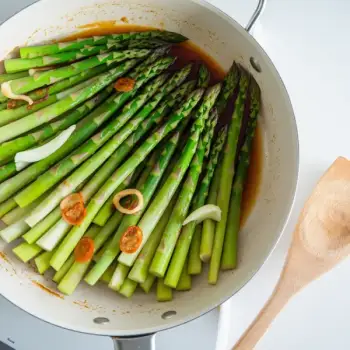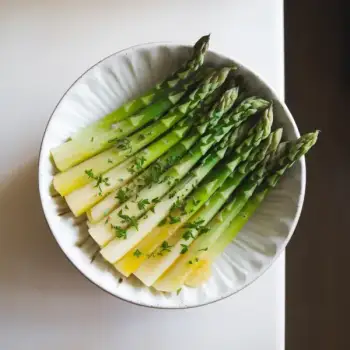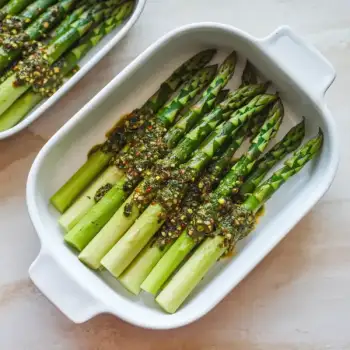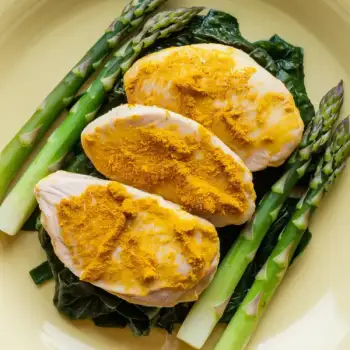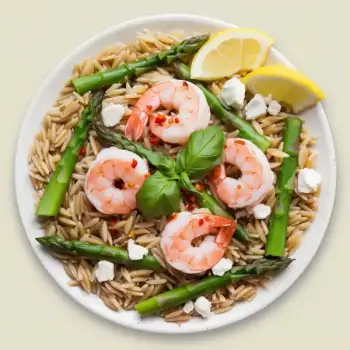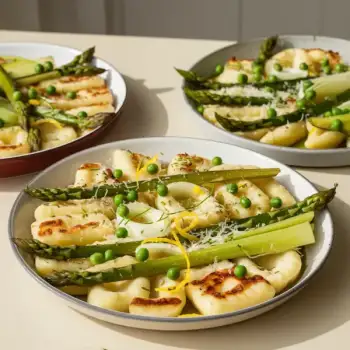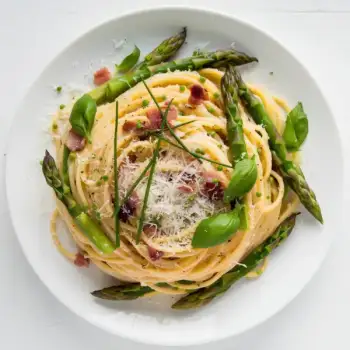


Fresh
Whole asparagus stalks, ranging from pencil-thin to thick, are the most common and versatile form. Ideal for steaming, sautéing, grilling, or roasting.
Canned
Asparagus that has been trimmed, cooked, and preserved in a can. Canned asparagus is fully cooked and often softer in texture, suitable for casseroles or as a time-saving option.
Frozen
Blanched asparagus stalks that have been flash-frozen to preserve their texture and flavor. Useful for out-of-season cooking or when fresh asparagus is not available.
Pureed
Asparagus that has been cooked and blended into a puree, often used in soups, sauces, or as a baby food ingredient.
Jarred/Marinated
Asparagus that has been pickled or marinated in a brine, often with added herbs and spices. These are great for appetizers, salads, or as a tangy side dish.




canned asparagus: Del Monte
frozen asparagus: Birds Eye
jarred asparagus: Roland

Grilling: Grilling asparagus over medium-high heat for 5-10 minutes adds a smoky flavor and charred exterior while keeping the interior tender-crisp. Coat the spears with oil, salt, and pepper before grilling to enhance the flavor and prevent sticking.
Roasting: Roasting asparagus in a preheated oven at around 400°F (205°C) for 10-15 minutes caramelizes the outside and brings out a sweet, nutty flavor. Toss with olive oil, salt, and pepper before roasting and consider a splash of lemon juice or a sprinkle of Parmesan cheese just before serving.
Blanching and Shocking: Blanching asparagus in salted boiling water for 2-4 minutes, depending on thickness, followed by an immediate transfer to an ice bath, retains color and texture. This technique is perfect for salads or as a pre-cook step before further grilling or sautéing.






